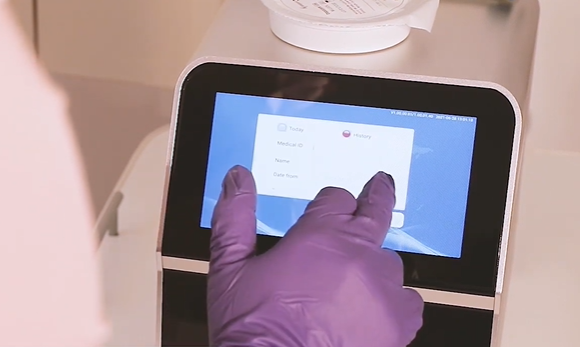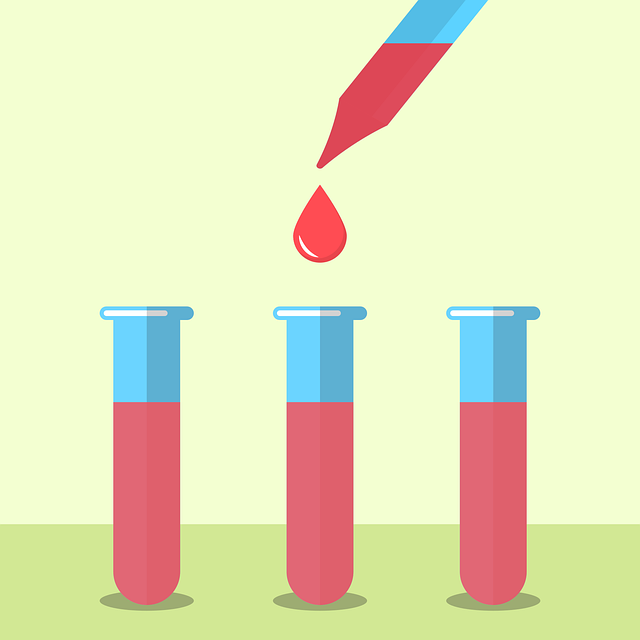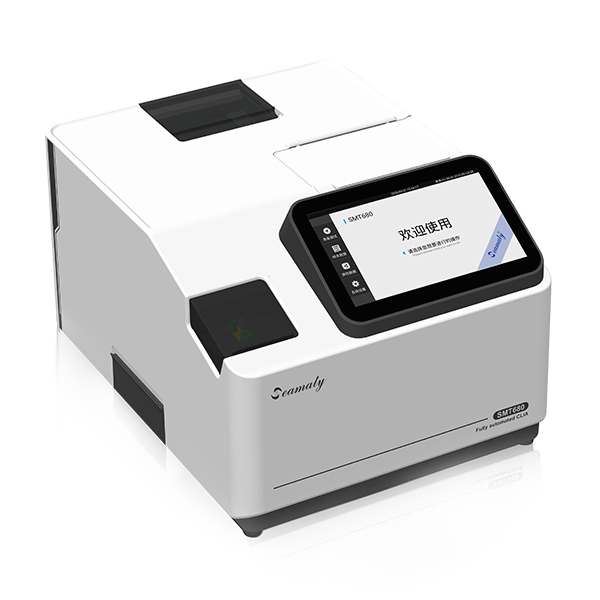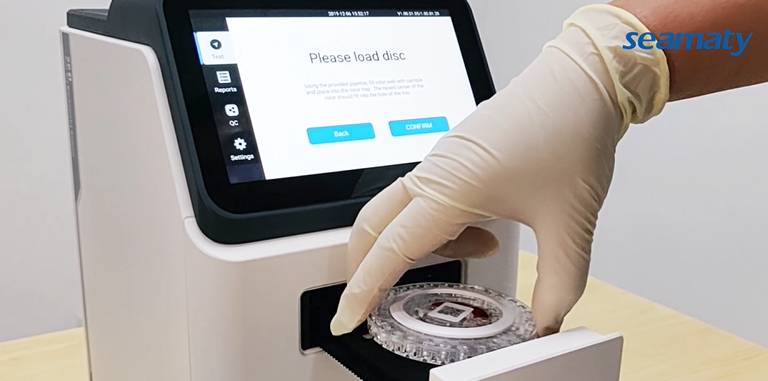release time:2022-09-01 16:59:39
The development of POCT is driven by the rising demand for clinical testing. Although traditional testing methods can meet the requirements of clinical testing in terms of test specimen volume, automated operation, accuracy of results, performance stability, etc.. However, they are unable to meet the requirements in terms of portability, testing speed, and complexity of the testing process. In the family health management and primary care institutions testing, large medical testing equipment is difficult to spread. We took the hospital market as an example and sorted out the demand for POCT products in some hospital departments.

1) Point-of-care testing can be used for examination of glucose metabolism disorders: fasting blood glucose test, oral glucose tolerance test, glycosylated hemoglobin determination, β-hydroxybutyric acid determination, lactate determination), and examination of dyslipidemia (specifically: total cholesterol determination, triacylglycerol determination, high-density lipoprotein, low-density lipoprotein determination.
2) blood electrolyte examination: potassium determination, sodium determination, chloride determination, calcium determination, total carbon dioxide determination, anion gap).
3) thyroid function measurements: thyroid stimulating hormone, tetraiodothyronine, free T4, triiodothyronine, free T3 measurements)
4) Pituitary hormone measurement (specifically: follicle stimulating hormone measurement, luteinizing hormone measurement), human chorionic gonadotropin detection.
Infection Medicine
1) Bacterial infection tests: rapid C-reactive protein assay, calcitoninogen assay, Mycobacterium tuberculosis assay, Helicobacter pylori assay, Legionella pneumophila assay, group A streptococcus assay, Staphylococcus aureus assay, Vibrio cholerae assay, Candida albicans assay, bacterial meningitis antigen assay.
2) viral infection testing: human cytomegalovirus antibody assay, rubella virus antibody assay, herpes simplex virus I-2 antibody assay, human rotavirus antigen assay, adenovirus antigen assay, dengue fever virus antibody assay.
3) parasitic infection detection: specifically including: Toxoplasma gondii antibody detection, Plasmodium falciparum detection.
4) viral hepatitis infection detection: hepatitis A virus, hepatitis B virus, hepatitis C virus.
Medical Oncology
1) Routine urinalysis: urine pathology, urine chemistry.
2) Glomerular filtration function tests: blood creatinine assay, blood urea assay, blood uric acid assay.
3) renal tubular function test: determination of urine osmolality.
4) early kidney injury detection: urine microclear protein determination.
Obstetrics and gynecology
POCT can be used for TORCH-IgM five-item test, anti-ovarian antibody test, anti-hyaline antibody test, anti-endometrial antibody test, anti-β-HCG gold standard early pregnancy test.
ICU

2022-05-17
ELISA-Enzyme-Linked Immunosorbent Assay is a labeled immunoassay. It is regarded as the gold standard for immunoassays. This immunological test is very sensitive and can be used to detect and quantify substances, including antibodies, antigens, proteins, glycoproteins and hormones.

2021-12-28
Immunoassays are bioassays that use the specificity of the antigen-antibody reaction to detect and quantify target molecules in biological samples. These methods are often used in clinical diagnostics, drug discovery, drug monitoring and food testing.

2021-12-24
The normal human blood contains more or less some fats and oils. However, when the level of fats and oils exceeds the normal range, you may suffer from a disease called hypertriglyceridemia, which is one of the hyperlipidemic diseases.